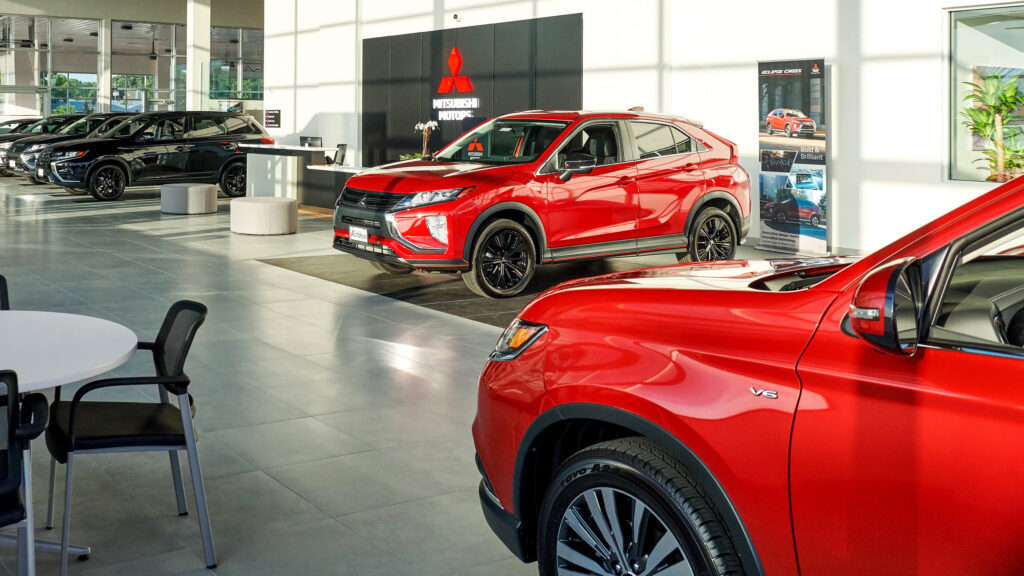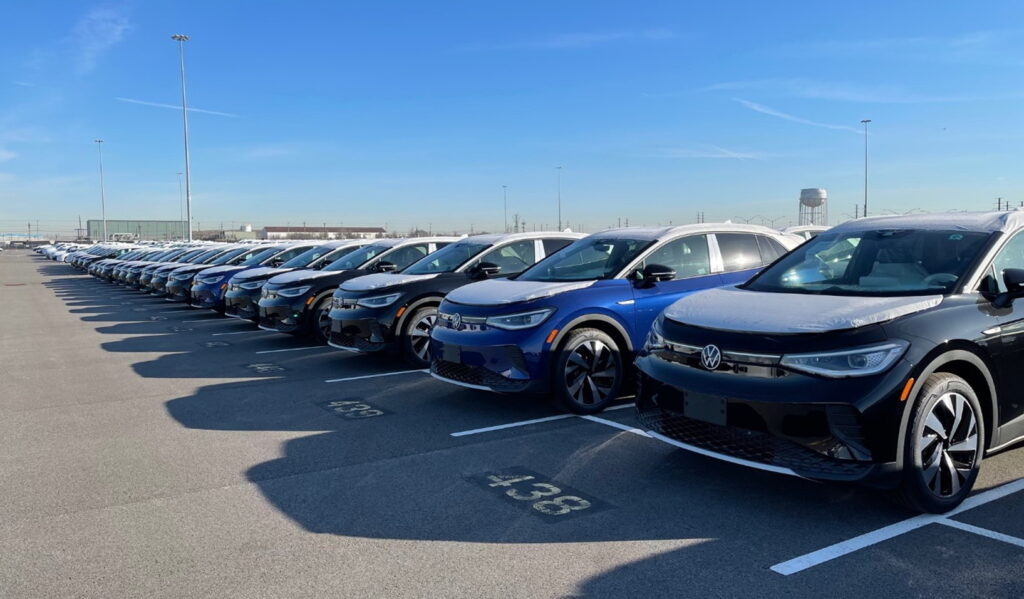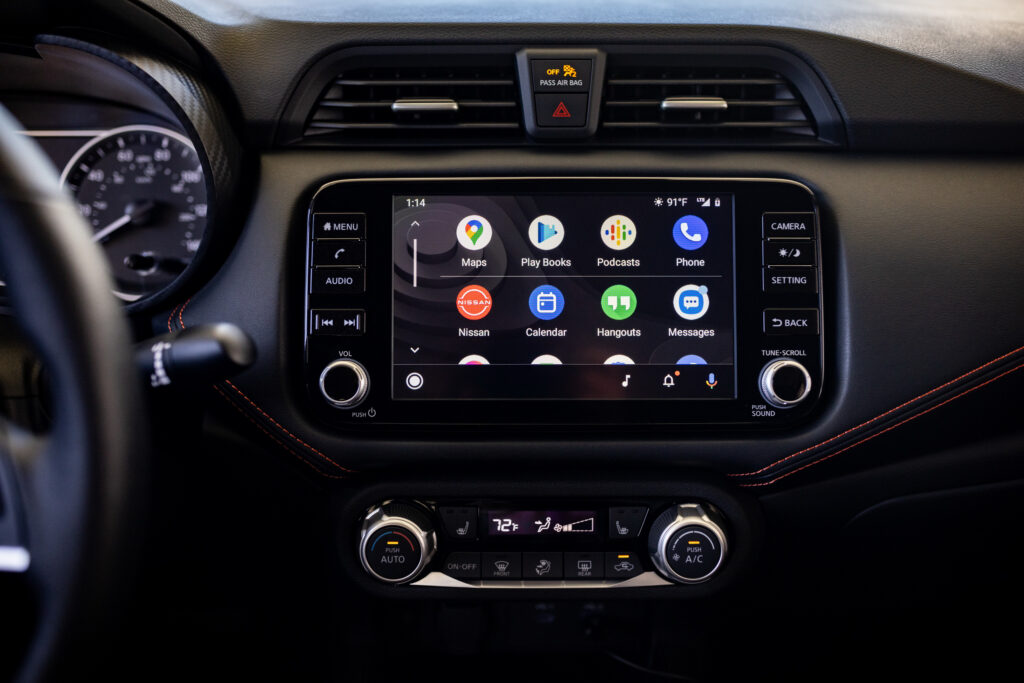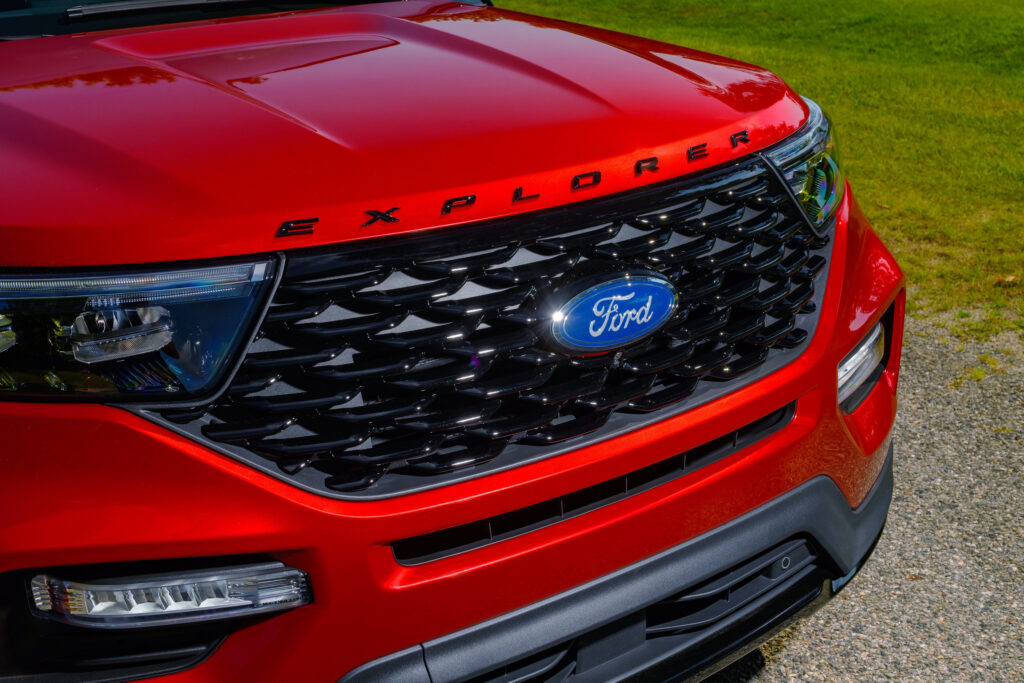Car Costs

In recent years, buying a car has become more like navigating a maze than simply checking a price tag. Automakers, caught up in tariff wars and economic shifts, have found clever ways to scoop extra dollars from consumers. They paint a picture of stable pricing, but under the hood, the costs are revving up differently, according to Morris Smith III, a seasoned Ford dealer from Kansas.
Incentives and Add-Ons

Many potential buyers might think the Manufacturer Suggested Retail Price (MSRP) tells the full story—far from it. While automakers like Ford, Stellantis, and Hyundai tout “no changes” to sticker prices, several key elements are quietly pushing up the overall cost. Reducing incentives that were once a given, along with increasing delivery and destination fees, pile onto the financial load. And with tariffs in the mix, several brands are even pre-emptively hiking up future model prices. Automakers are saying one thing, but the numbers don’t lie.
For instance, the Kelley Blue Book noted a 2.5% increase in average car sale prices in April, marking the largest monthly jump in half a decade. Incentives fell to just 6.7%, a stark decrease from a former 10%. Zero-percent interest schemes are also vanishing, which historically helped soften the blow of big purchases.
Sneaky Strategy

Beyond the obvious price hikes, other tactics are quietly at play. Many models lose previously standard features, allowing automakers to maintain the same MSRP while effectively offering less value. It’s a strategy that helps them save costs while still keeping sticker prices superficially static. Brands might also introduce slightly elevated prices on higher-end models, cushioning the blow for entry-level cars. So, a Ford Escape might not shoot up in price right away, but expect noticeable increases on something like an F-150 or SUV.
The Future Outlook

Even with Ford, Subaru, and Hyundai promising price stability, the looming reality is clear: tariffs will eventually prompt further price bumps. Sean Tucker from Kelley Blue Book mentions, “As soon as the pre-tariff cars run out, that’s when the real jump happens.” This indicates that the pressure will fall on dealers to manage higher replacement costs, forcing them to adjust their pricing strategies. With Mercedes anticipating 3 to 5% increases and Subaru hiking up by 4.2% since November, brace for a trend of upward adjustments across the board.
A Cautious Approach
In the current landscape, anyone in the market for a vehicle should tread carefully. Marketing messages might downplay it, but hidden fees and strategic adjustments by automakers are here to stay, at least for the foreseeable future. The days of easy bargains and straightforward pricing are rapidly shifting into a more complex realm of car purchasing.
Airstream Meets Wright
Silverado Trail Boss
Pricey Bugatti Fix
Forgotten Supercar
Future Venza Unveiled